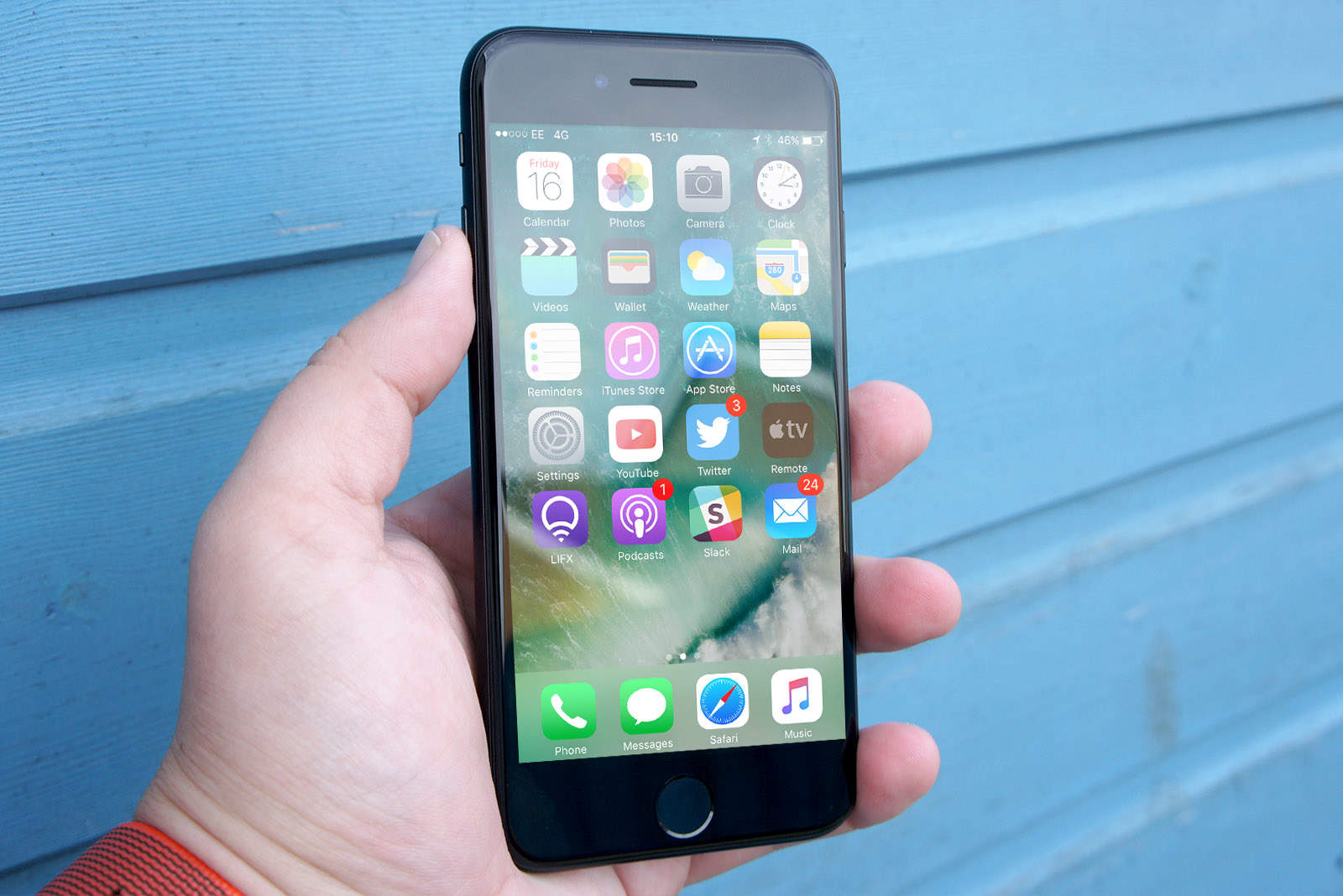An independent lab claims that the iPhone 7 emits more radio-frequency radiation that is allowed by the FCC. And the iPhone X skirts the line.
The tests, done at the behest of the Chicago Tribune, have reportedly caused the FCC to examine whether these and other cell phones meet its safety guidelines. That doesn’t make them a cancer risk, though.
Testing iPhone and Galaxy S models for RF radiation
The Tribune asked the accredited lab to test how much RF radiation is put out by several Apple handsets going back to the iPhone 7, as well as devices from Samsung and Motorola.
The tests were done according to FCC rules and guidelines. The lab, California’s RF Exposure Lab, regularly performs such tests for companies seeking FCC approval to release products.
The FCC limit for exposure from cellular phones is an SAR level of 1.6 watts per kilogram (1.6 W/kg).
Problematic results for the iPhone 7
Several iPhone 7 units were tested by the lab, and all failed by emitting more RF radiation than is allowed. After the newspaper shared its results with Apple, the company gave it a modified version of the standard test designed to reduce emissions. However, the numbers increased for all the iPhone 7 units tested, with one putting out as much as 3.45 W/kg.
A more-recent iPhone X emitted 1.38W/kg on the standard test, within the FCC limit, but Apple’s modified test pushed that up to 2.19 W/kg, which is above it.
When the modified test was performed on 2017’s iPhone 8 and iPhone 8 Plus, both scored below the FCC limit. Models from 2018’s iPhone XS series weren’t included in this study.
A Samsung Galaxy S8 and an S9 tested were under the FCC limit. Two Motorola devices also passed.
The Tribune reports that the FCC will be conducting its own tests. “We take seriously any claims on non-compliance with the RF (radio-frequency) exposure standards and will be obtaining and testing the subject phones for compliance with FCC rules,” agency spokesman Neil Grace told the newspaper.
Apple disputes these results. “All iPhone models, including iPhone 7, are fully certified by the FCC and in every other country where iPhone is sold. After careful review and subsequent validation of all iPhone models tested in the report, we confirmed we are in compliance and meet all applicable … exposure guidelines and limits,” the company said in a statement to the newspaper.
Not as dangerous as you might think
The Tribune also touched on the on-going debate as to whether high-frequency electromagnetic waves are dangerous. The FCC doesn’t think they are, and the agency’s limits on radio-frequency radiation are there to prevent cell phones from heating up body tissues to a dangerous degree, not from any concerns about cancer.
While calling it radiofrequency radiation is certain to make some people nervous, “This kind of radiation, also known as radiofrequency energy, shouldn’t be confused with ionizing radiation, such as gamma rays and X-rays, which can strip electrons from atoms and cause serious biological harm, including cancer,” points out the Tribune.


